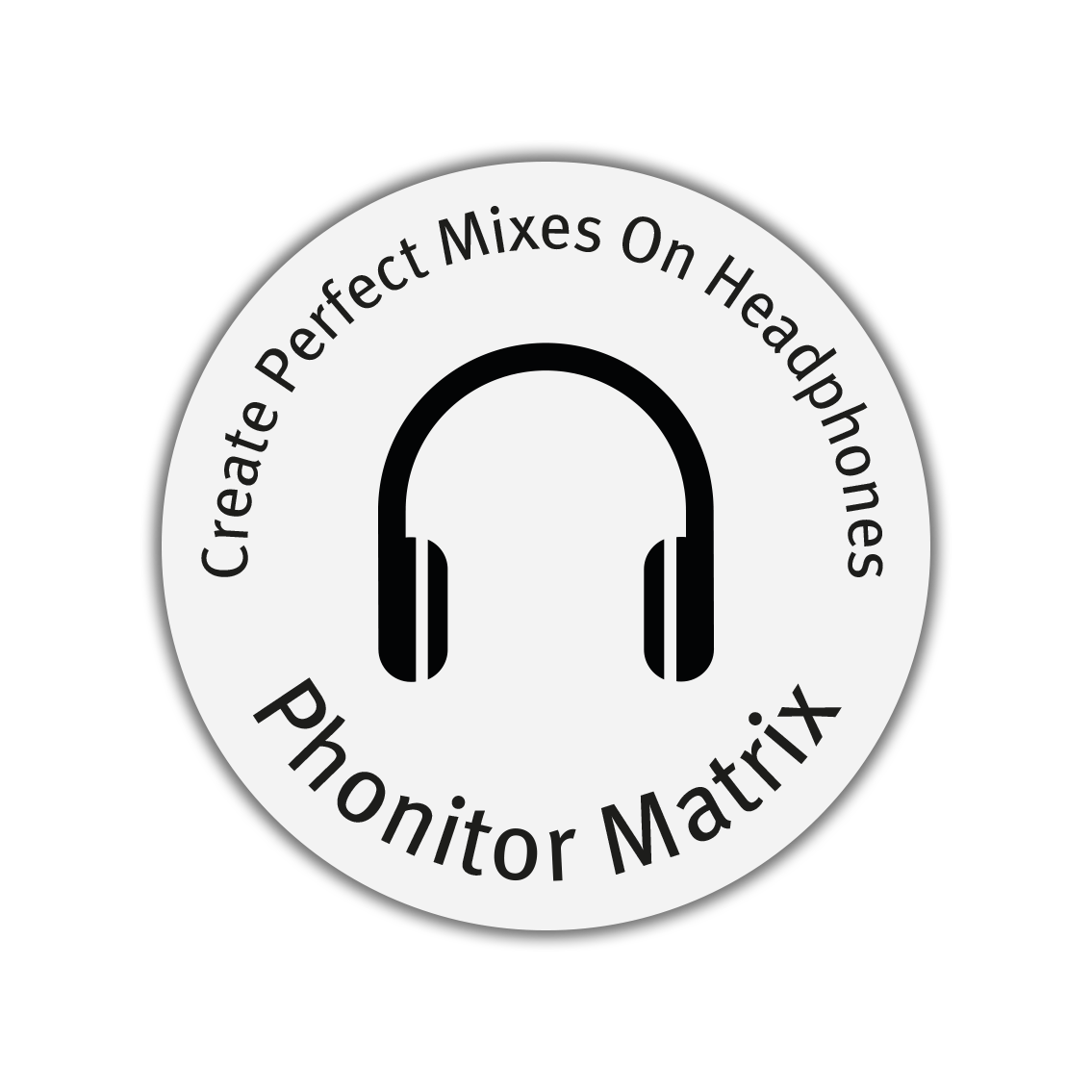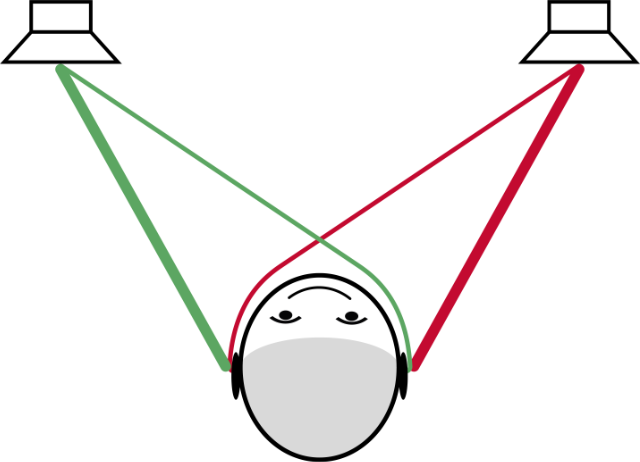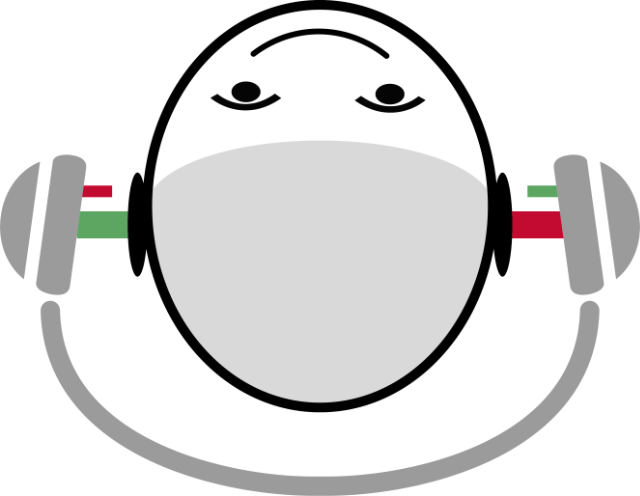SPL Marc One, Marc One
The Monitor And Recording Controller
with innovative features and a 32-bit AD/DA converter. A monitor controller with which you can also record. And both in impressive sound quality.
Monitoring and recording in highest sound quality with up to 32 bit and 768 kHz.
Create perfect mixes on speakers and also on headphones – thanks to the Phonitor Matrix.


NUMBER ONE IN SOUND
For us the sound is always in the foreground. When it sounds good, we like to listen. To get such a sound, you need experience and technical finesse. We have incorporated both into the Series One.
Full Control
The big analog volume control offers the perfect control range to adjust the monitoring volume intuitively and precisely.

Speaker & Subwoofer – monitoring without any compromises
In the middle position of the switch, the speakers are switched off, which is convenient because you don’t have to turn the volume control back.



“SPL has released a fairly inexpensive monitor and recording controller in a compact size. Sound-wise, it convinces me massively and can definitely keep up with the top-class devices. The manufacturing is absolutely solid and the overall handling is analog, simple, good.”
Recording Magazin

Monitor-Mix
The ratio between the analog line inputs and the digital USB input can be easily adjusted via monitor control.
In the center, all input signals are equally loud. Turned to the left, the analog stereo inputs get louder and the USB input signal gets quieter. Turned from the center to the right, the reverse happens.


Free choice – three stereo inputs
Marc One offers two analog stereo inputs (TRS and RCA) and one digital (USB).
The DAW (Digital Audio Workstation) is preferably connected via USB.
Other input devices such as CD players, mixers, microphone preamps, synthesizers or analog tape machines/tape decks can be connected to the analog line inputs.
Via DIP switch 2 a mixer stage can be activated, which mixes the two analog line inputs together. These can be recorded summed via USB.

“The SPL Marc One Monitoring and Recording Controller is a beast, providing high-end quality whether you’re listening back or putting down tracks. It offers three monitoring modes, a 32-bit AD/DA converter and a smart, user-friendly design.”
Mix Online
The best is just good enough – 32-bit DA-converter
Here, too, the Marc One sets standards. Marc One uses the premium AK4490, 32-bit DAC with AKM’s Velvet Sound®. The AK5552 is used as the analog-to-digital converter and the AK4490 as the digital-to-analog converter.
This technology makes the finest details audible thanks to its low-distortion architecture.
It supports sampling frequencies up to 768 kHz PCM (16x CD resolution) and DSD (Direct Stream Digital) playback up to DSD4 or DSD256 (11.2 MHz) resolution.
Both the AD and DA converters offer 32-bit processing.
This qualifies the Marc One for the highest resolution audio recording and playback currently available.
Marc One automatically synchronizes to the sampling rate applied to the USB input. No further settings on the device are necessary.

A great connection
The USB connection is Class Compliant. This means that all Mac computers and iOS devices like iPads and iPhones can use the full performance of the DA-converter without driver installation.
iOS devices require the “Apple camera adapter”.
For Windows, a driver is only required if higher sampling rates are desired. The driver is available for download at the bottom of this page.


Line Out
The line output “Line Out” provides a mix consisting of all signals from the line inputs and the USB playback.
The monitor control adjusts the ratio between the analog line inputs and the digital USB input.
The line output has unity gain, which is a normal, unregulated output level – it is independent of the volume control.
If, for example, multiple people are to listen in via headphones, an additional headphone amplifier can be connected to the line output.
Marc One can also be easily looped into a monitoring chain without the need for another output at the playback source.
You can also send the signal to another mixer for further processing.
There are no limits to creativity here.

Perfectly monitored
Marc One allows three different monitoring modes.
The mix can be monitored in “Stereo” or mono compatibility can be checked in “Mono”.
A special feature is the channel swap function:
L/R > R/L
This function reverses the stereo image. Left becomes right and right becomes left.
This is especially important and extremely time-saving when you are searching your sound library for samples in video dubbing that should match a scene with direction of movement.
If the direction is not correct, you usually have to load the sample into the DAW to switch channels before you can hear if the sample fits. With the L/R > R/L function this is no longer necessary. You can now simply swap the direction of movement while prelistening samples in the library.

The headphone output stage
Weak sound on headphones?
Not enough power?
Not here. Marc One delivers a full headphone sound – and that up to really loud.
The output stage of the headphone amplifier is designed as a push-pull amplifier in class AB mode. The bipolar transistors share the amplification of the positive and negative half-waves, which produces a higher gain and a higher output voltage than in Class A operation, where only one transistor amplifies both half-waves.
The output stage transistors are thermally coupled and thus run particularly coherently, which contributes to a consistent and stable sound image.
The power supply has a buffer circuit with low source resistance, ensuring generous current reserves even when operating low-impedance headphones.

![]()
“In my opinion, this device is the perfect companion for mixing and mastering applications. At first I thought the SPL Marc One would be targeted at beginners due to its price and the compact design, but this product clearly plays in the professional league.”
Professional Audio

The revolution in the headphone amplifier: Phonitor Matrix
The Phonitor Matrix enables mixing and mastering engineers to create perfect mixes on headphones, which will translate perfectly to all types of stereo speaker systems.
With Phonitor Matrix you can create
perfect mixes on headphones.
But the Phonitor Matrix is not only designed for professional use in the studio.
It also enables the hifi enthusiast to enjoy music on headphones, like if it was played back on speakers.

Phonitor Matrix
The Phonitor Matrix allows the mixing and mastering audio engineer to create perfect mixes on headphones that sound great on all types of stereo speaker systems.

Crossfeed
Listening on headphones is different from listening on loudspeakers.
The biggest difference is the lack of crossing signals of the sound signal from the left speaker to the right ear and from the right speaker to the left ear.

Conventional
This results in an unnaturally wide and
wrong stereo image.
The various sound sources of the audio signal are not localized as the sound engineer intended them to.

Correct
The SPL Phonitor Matrix will correct this false stereo image with an analog circuitry and ensures a correct representation of the stereo image and a relaxed listening experience.
How is this possible?
Music is normally produced and mixed for playback on stereo speakers.
Listening on headphones is different from listening on loudspeakers. The biggest difference is the lack of crossing signals of the sound signal from the left speaker to the right ear and from the right speaker to the left ear.
These crossing signals are missing in conventional headphone listening, because there are no signals crossing from one side of the headphones to the other. This results in an unnaturally wide stereo stage and sound sources are not played back at their correct position in the stereo spectrum.
The SPL Phonitor Matrix can correct this false stereo image with an analog circuitry.
The Phonitor Matrix parameters
The two main parameters of the Phonitor Matrix are Crossfeed and Angle:
• Crossfeed determines the crossing signals of the channels.
• Angle determines the opening angle of the stereo image.
To perfect the listening experience, the level of the sound sources centered in the stereo image must be attenuated when the Phonitor Matrix is activated. The result is that not only the position of all sound sources is correctly located, but also their volume.
For the Marc One, this parameter, which we call “Center” for the Phonitor Matrix, is fixed at a -1 dB cut, which is the best choice for an authentic representation of the soundstage.
During conventional listening on headphones, our brain can compensate a certain level of false playback representation – but this is very exhausting and leads to listening fatigue.
Summed up:
The SPL Phonitor Matrix corrects the false representation of the stereo sound image, which makes it much easier to find the right decisions for mixing and mastering engineers. The hifi enthusiast can experience the music, like it was originally mixed and recorded.
So nothing stands in the way of a successful and long mixing session on headphones.


Perfectly adjusted
At a regular listening volume, the volume control should be in the one o’clock position.
This gives you an ideal control path for listening quieter and louder.
If active loudspeakers or power amplifiers are very sensitive, the playback can already be quite loud when the volume control is in the first third of its control range.
Activating the -10 dB DIP switch attenuates the output level to allow a wider usable range of the volume control.


Power Supply
Good sound always starts with the power supply. This is where you lay the foundation for the performance of the entire device. Although we “only” supply a 12 V plug-in power supply unit, the secondary power supply inside generates a voltage level of +/-17 Volts for the analog audio sections with which professional levels of up to +22.5 dB can be achieved!
An elaborate low-drop operating voltage regulation provides more “juice” and regulates cleanly even when the maximum operation voltage is reached.
Marc One delivers full power when used with the included 1.5 A power supply.
Just switch it on and enjoy the great sound. The ON-switch puts the Marc One into operation.









